|
1960 | In this world of rapidly changing technologies, one constant is the need for continually increasing the density of electronic circuits to meet the size and weight constraints of ever more complex systems. For 50 years, Teledyne Microelectronics has met the challenge with creative packaging solutions. From the first simple hybrids to the present, Teledyne Microelectronics provides the microelectronics that make history. |
FOUNDATION | 01JANUARY 1960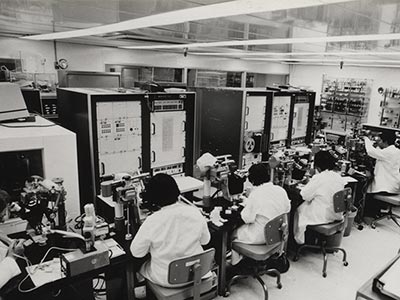 |
| 1964 | Teledyne Microelectronics was established on Panama Street in Los Angeles, California. |
FOUNDATION 1964 | 01 JANUARY 1964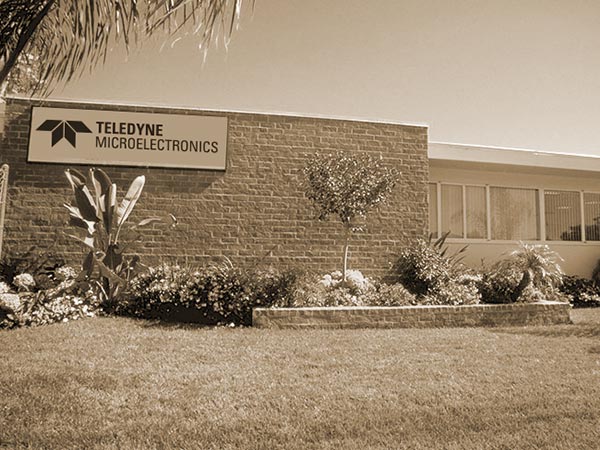 |
| 1965 | First Class 100,000 bubble clean room established. | FOUNDATION 1965 | 01 JANUARY 1965 |
| 1969 | Teledyne Microelectronics manufactured multichip modules for the F-14 Tomcat Fighter Aircraft. | FOUNDATION 1969 | 01 JANUARY 1969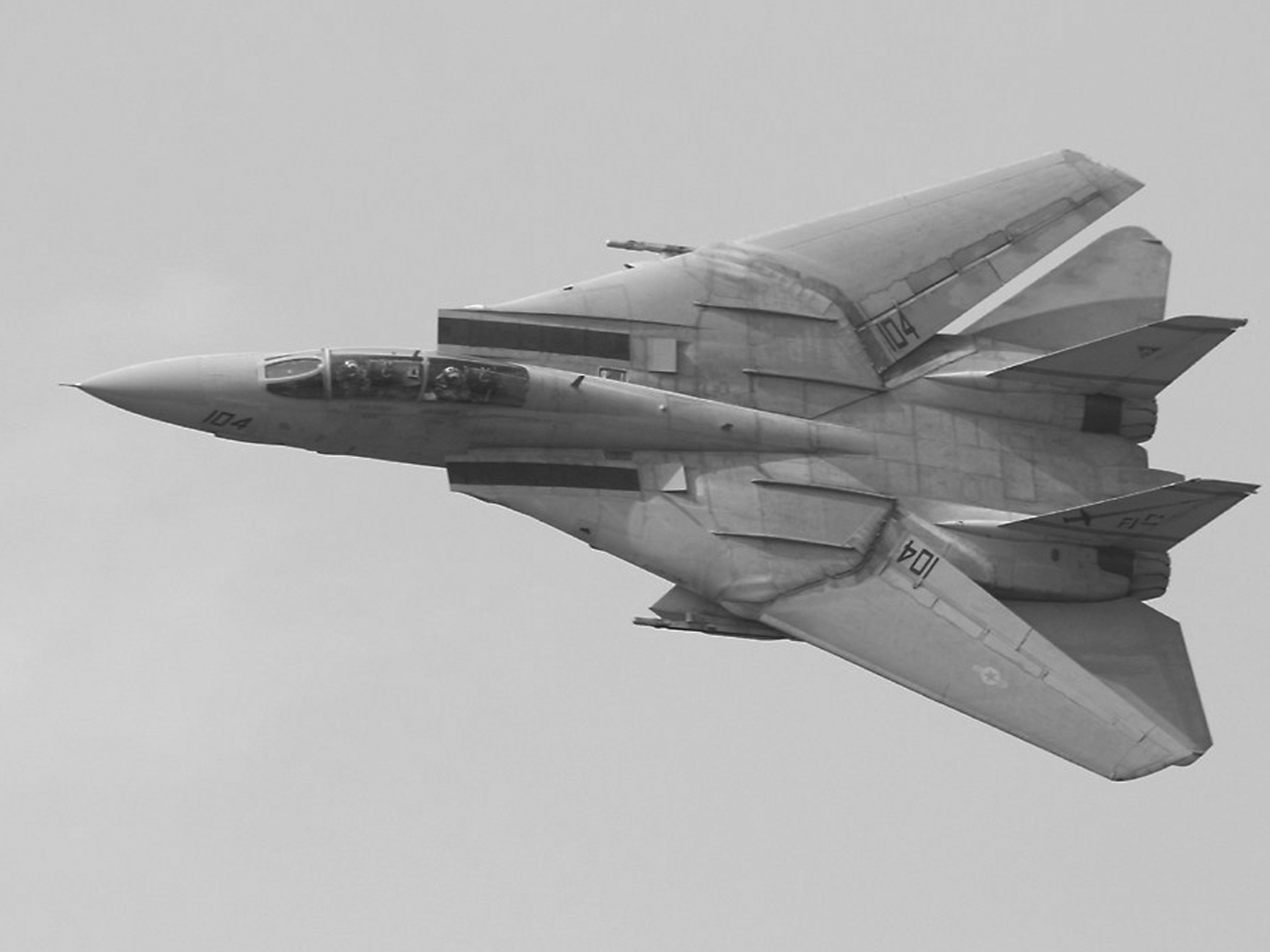 |
| | Teledyne Microelectronics provided 20,000 hybrids for the Titan/Centaur Launch Vehicle's Digital Computer Unit, used to control mission vehicle functions.
| FOUNDATION 1969 | 01 JANUARY 1969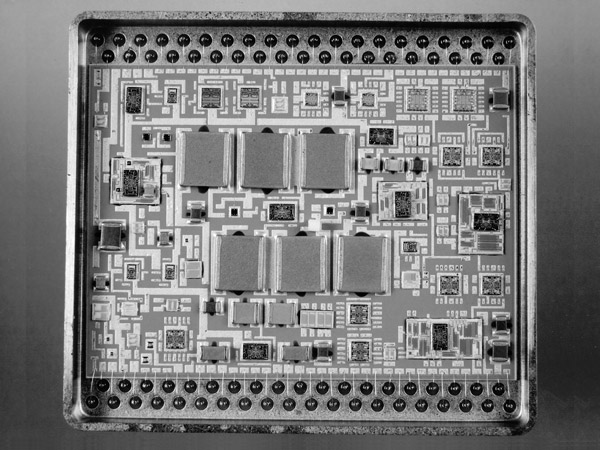 |
| 1970 | With the expansion of space exploration in the 1970’s, Teledyne Microelectronics established a remarkable record of achievement on a variety of space programs. We provided thousands of modules and custom microelectronics for spacecraft such as launch and re-entry vehicles, landers, the spacelab, some of which are still flying today - sending back data from distant worlds.
| EXPLORATION | 01 JANUARY 1970 |
| 1975 | Two Viking probes landed on the Martian surface carrying 710 Teledyne Microelectronics hybrids. These hybrids processed and transmitted all photographs taken from the probe – no failures have ever occurred from these hybrids. | EXPLORATION 1975 | 01 JANUARY 1975 |
| 1976 | Teledyne provided RF modules for the SLQ-32 Program. This is still the primary system used by the U.S. Navy and is designed to protect ships on the open seas. | EXPLORATION 1976 | 01 JANUARY 1976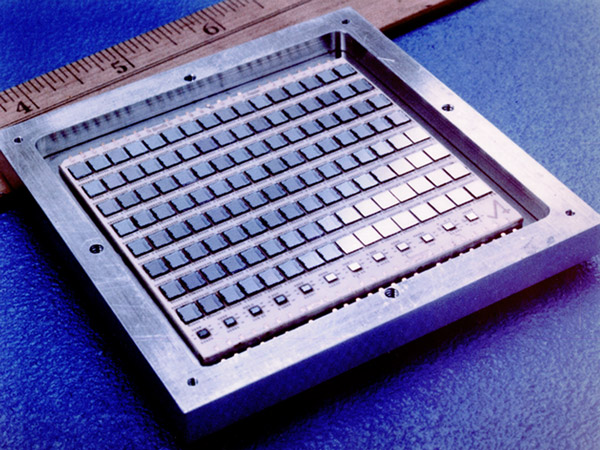 |
| | Teledyne provided RF modules for the SLQ-32 Program. This is still the primary system used by the U.S. Navy and is designed to protect ships on the open seas. | EXPLORATION 1976 | 01 JANUARY 1976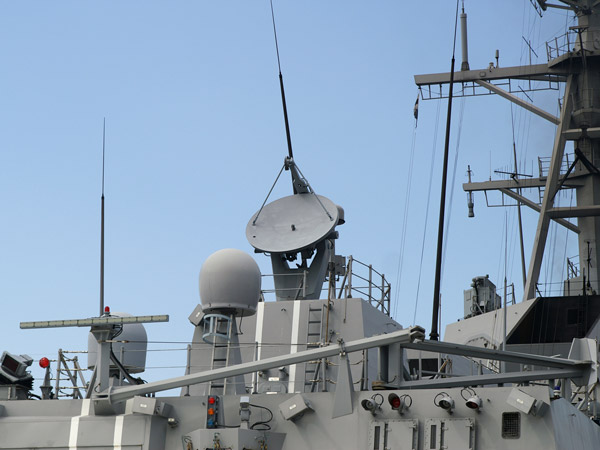 |
| 1977 | One millionth hybrid shipped in November 1977. | EXPLORATION 1977 | 01 JANUARY 1977 |
| 1980 | Teledyne Microelectronics' commitment to quality continued in the 1980’s with MIL-STD-1772 certification and the development of co-fired technology in support of critical aerospace and defense applications | QUALITY | 01 JANUARY 1980 |
| 1984 | Teledyne Microelectronics was the first company to receive certification by Defense Supply Center (DSCC) for MIL-STD-1772. The facility was used as the training classroom for the audit team. | QUALITY 1984 | 01 JANUARY 1984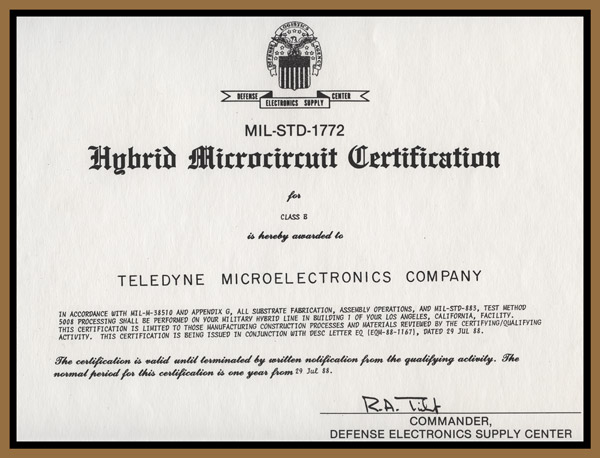 |
| 1986 | Teledyne Microelectronics provided multichip modules for surface-to-air missile defense systems. | QUALITY 1986 | 01 JANUARY 1986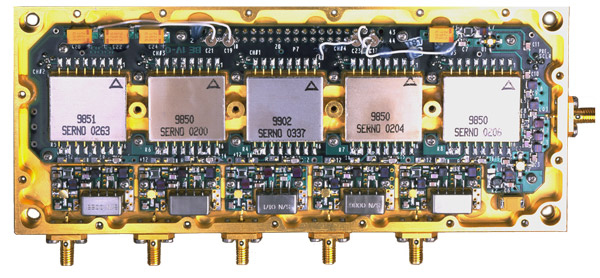 |
| | Teledyne Microelectronics pioneered the development of co-fired technology, which maximizes performance in RF and high-frequency applications. | QUALITY 1986 | 01 JANUARY 1986 |
| 1989 | Teledyne Microelectronics provided crytographic digital hybrids for COMSEC/TRANSEC applications. | QUALITY 1989 | 01 JANUARY 1989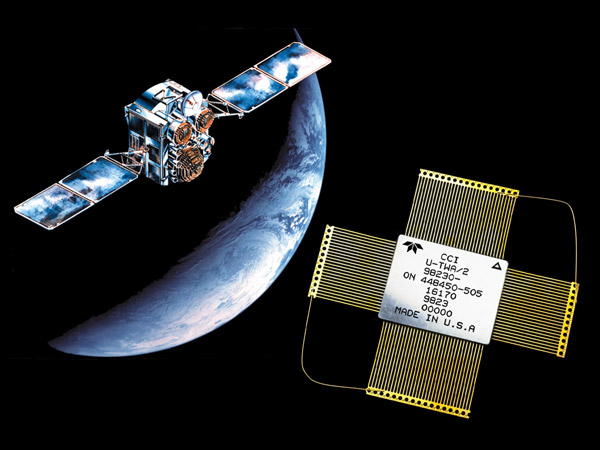 |
| 1990 | Teledyne Microelectronics provided a suite of optoelectronics and RF/microwave devices for the International Space Station. Data, audio and video transmitted from the Space Station goes through these Teledyne devices. | EXCELLENCE 1990 | 01 JANUARY 1990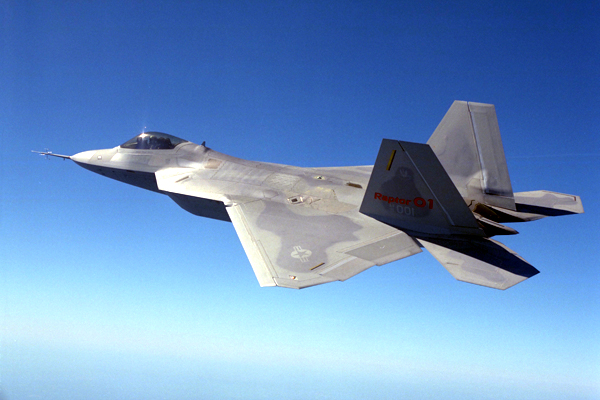 |
| | Teledyne Microelectronics provided a suite of optoelectronics and RF/microwave devices for the International Space Station. Data, audio and video transmitted from the Space Station goes through these Teledyne devices. | EXCELLENCE 1990 | 01 JANUARY 1990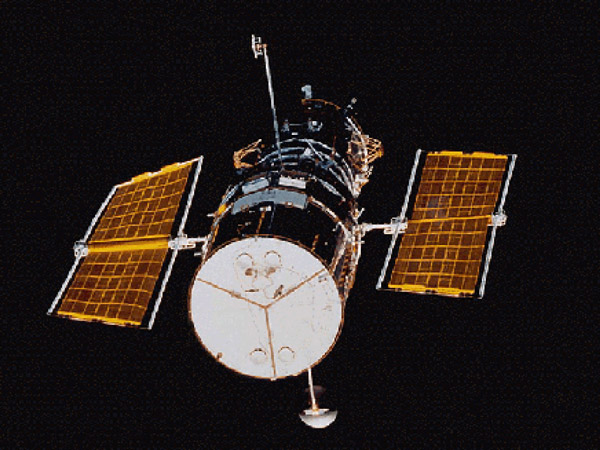 |
| | Teledyne Microelectronics provided a suite of optoelectronics and RF/microwave devices for the International Space Station. Data, audio and video transmitted from the Space Station goes through these Teledyne devices. |
EXCELLENCE 1990 | 01 JANUARY 1990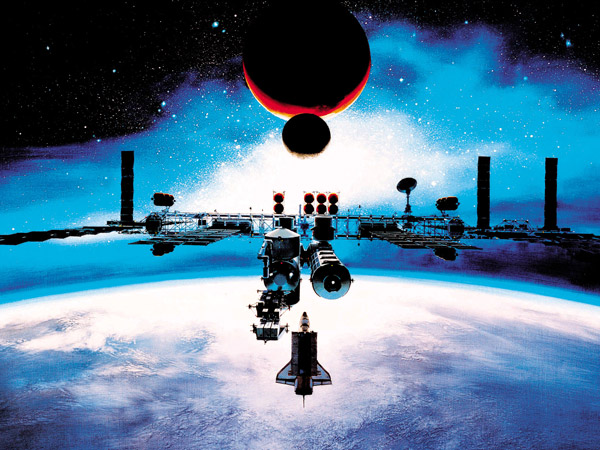 |
| | Teledyne Microelectronics excellence in microelectronics manufacturing advanced into the 1990s with optoelectronic and RF/MW modules on the International Space Station and optoelectronic devices on the Hubble and F-22. |
EXCELLENCE | 01 JANUARY 1990 |
